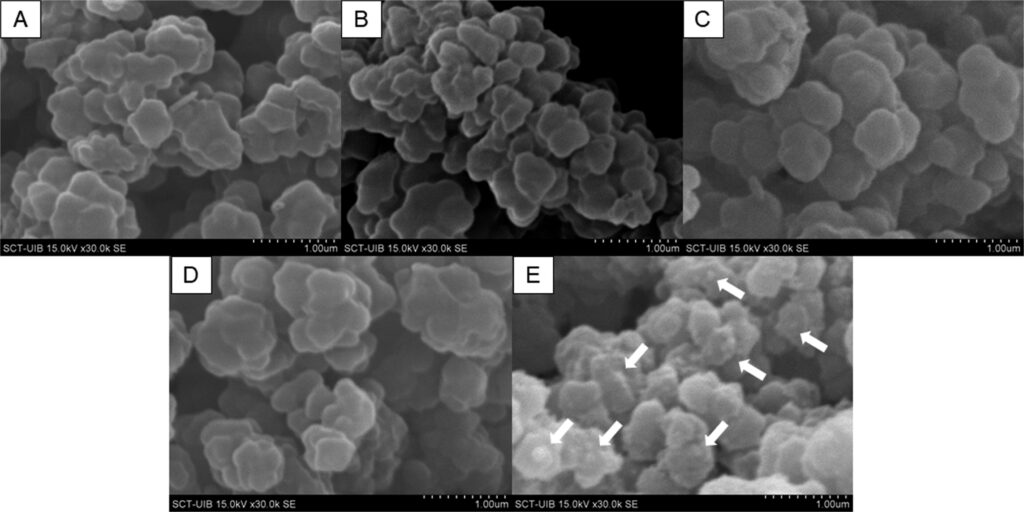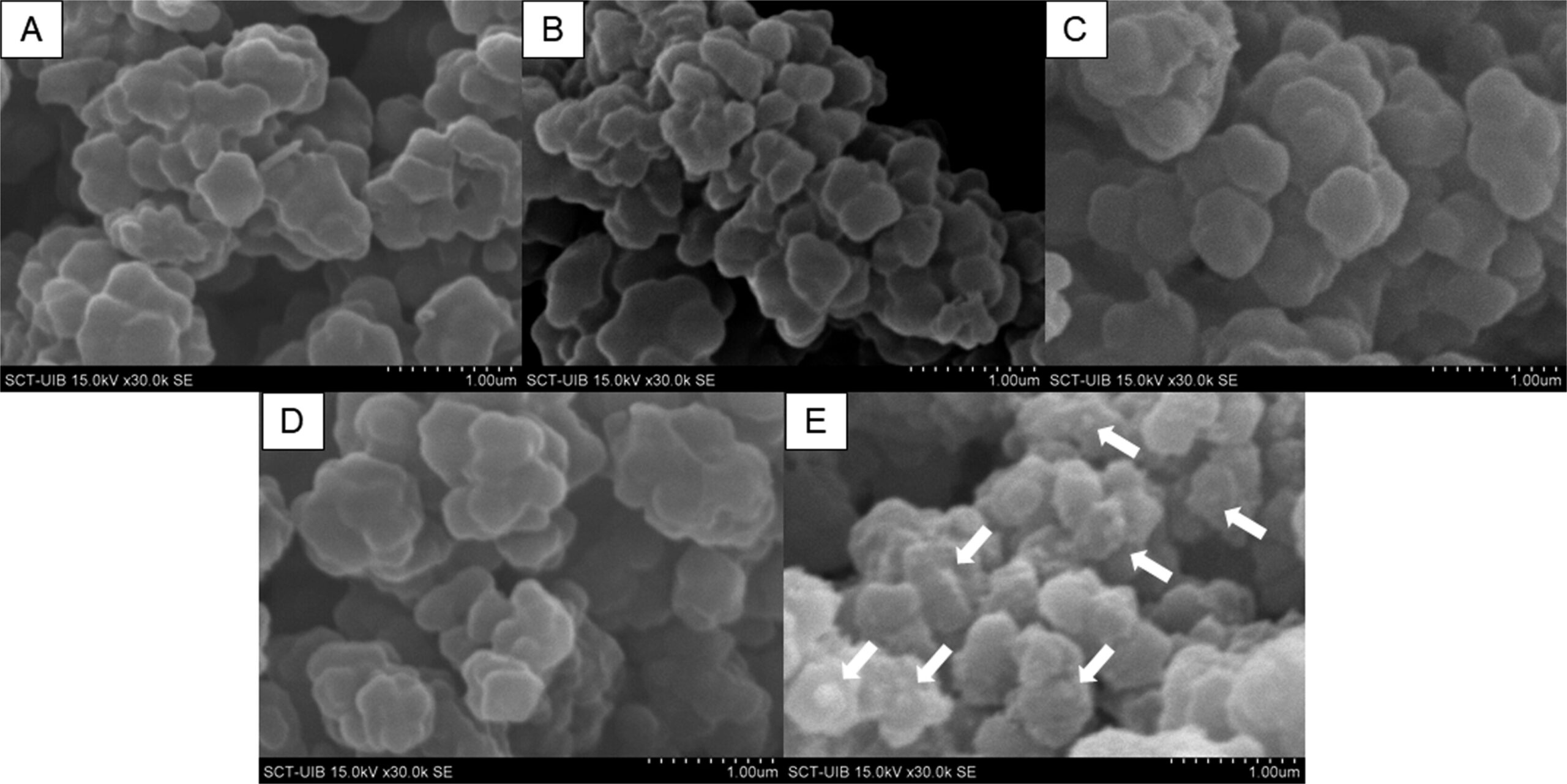A team of researchers from the University of the Balearic Islands led by Dr. Manuel Miró, INAGEA researcher in collaboration with the University of Valencia, has synthesized a new chemical material that artificially simulates the composition of human cell membranes and allows predicting how drugs and emerging pollutants can pass through intestinal membranes without having to test on live animals.
The research is explained in a paper recently published in the journal Analytical Chemistry, of the American Society of Chemistry. LINK paper
Mimicking the human body;
Synthesis of new materials containing thin phospholipid monolayers, phospholipid bilayers or small phospholipid vesicles have been evaluated with potential use as biomimetic material to predict how substances interact and move through the gut, and are comparable to expensive in vivo models previously used. This study opens up new possibilities for rapid laboratory testing methods to assess how chemicals behave when we ingest them, especially those that are of concern for their impact on human health and the environment. Thus, the discovery opens the door to the design of new drugs and also to a better understanding of how chemicals behave when we ingest them, especially those of concern because of their impact on human health and the environment.

The arrows indicate the position of the anchored liposomes.

